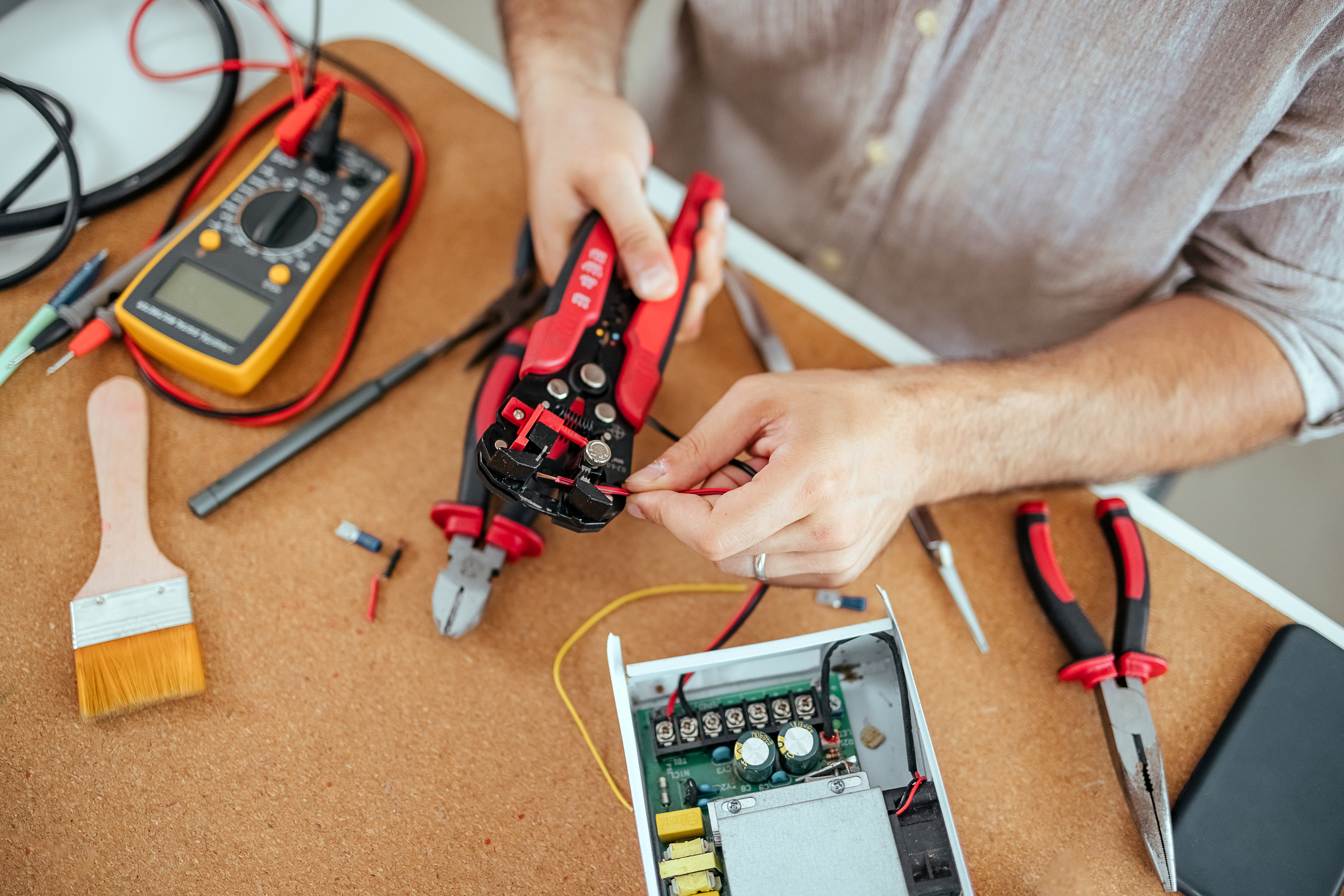Upgrading your electrical service is a crucial step in modernizing your home or business’s power infrastructure. Whether you’re expanding your property, enhancing safety measures, or accommodating increased electrical demands, a seamless transition is essential. However, an electrical service upgrade can be complex projects that require careful planning and execution. In this guide, we’ll delve into expert advice on the dos and don’ts of electrical system retrofit to help you navigate this process successfully.
1. Assess Your Electrical Needs Thoroughly:
Before embarking on an electrical infrastructure modernization, conduct a comprehensive assessment of your electrical needs. Consider factors such as current power usage, future growth projections, and any specific requirements for new equipment or appliances. Consulting with a licensed electrician or electrical engineer can provide valuable insights into the optimal capacity and configuration for your upgraded system.
2. Don’t Attempt DIY Electrical Work:
Electrical projects, especially service upgrades, are not suitable for DIY endeavors. Working with electricity requires specialized knowledge, skills, and equipment to ensure safety and compliance with building codes. Hiring a qualified electrician or electrical contractor is essential to guarantee a professional and code-compliant installation.
3. Do Obtain Necessary Permits and Approvals:
Before starting any power supply enhancement, obtain all required permits and approvals from local authorities. Compliance with building codes, zoning regulations, and safety standards is crucial to avoid legal issues and ensure the integrity of your electrical system. Your electrician or contractor can assist you in navigating the permit process and adhering to regulatory requirements.
4. Don’t Overlook Safety Precautions:
Safety should always be a top priority during an electrical service modernization. Follow all safety protocols, such as de-energizing circuits, using appropriate personal protective equipment (PPE), and implementing lockout/tagout procedures when working on live electrical components. Regular safety inspections and adherence to industry best practices are critical for preventing accidents and injuries.
5. Do Plan for Future Expansion:
When upgrading your electrical service, consider potential future expansions or upgrades. Installing a panel with additional circuit capacity and leaving room for future installations can save time and costs down the line. Discuss your long-term electrical needs with your electrician to incorporate scalability and flexibility into your upgraded system.
6. Don’t Neglect System Grounding and Bonding:
Proper grounding and bonding are essential for electrical system safety and performance. Ensure that your upgraded system includes adequate grounding electrodes, bonding conductors, and surge protection devices to protect against electrical faults, lightning strikes, and power surges. Compliance with grounding standards and regular maintenance are vital for system reliability.
7. Do Invest in High-Quality Materials and Components:
Opt for high-quality electrical materials, components, and equipment during your service upgrade. Using reputable brands and products known for reliability and durability can enhance the performance and longevity of your electrical system. Consult with your electrician to select the most suitable materials for your specific needs and budget.
8. Don’t Ignore Energy Efficiency Opportunities:
Take advantage of your electrical network improvement to implement energy-efficient solutions. Consider upgrading to LED lighting, installing energy-efficient appliances, and incorporating smart technology for lighting and HVAC control. Energy-saving measures not only reduce utility costs but also contribute to environmental sustainability.
9. Schedule Regular Maintenance and Inspections:
After completing your electrical service modernization, establish a schedule for regular maintenance and inspections. Routine inspections by qualified professionals can detect potential issues early, prevent downtime, and ensure optimal system performance. Follow manufacturer recommendations for equipment maintenance and keep comprehensive records of inspections and repairs.
10. Don’t Overload Circuits or Ignore Warning Signs:
Avoid overloading circuits in your upgraded electrical system by distributing loads evenly and using appropriate circuit protection devices such as circuit breakers or fuses. Monitor your electrical system for warning signs such as flickering lights, tripping breakers, or burning odors, which may indicate underlying problems that require prompt attention from a licensed electrician.
An electrical service upgrade is a significant investment that requires careful planning, adherence to safety standards, and professional expertise. By following the dos and don’ts outlined by experts, you can ensure a seamless transition to a reliable, efficient, and compliant electrical system. Prioritize safety, consult with qualified professionals, and incorporate long-term considerations into your upgrade strategy for optimal results.
Upgrade your electrical system today by partnering with our experts at Cline Electrical Service! Explore expert tips for a seamless transition and ensure compliance with the latest standards during an electrical service upgrade. Contact us now at 540-380-3886 to ensure safety, efficiency, and reliability!







